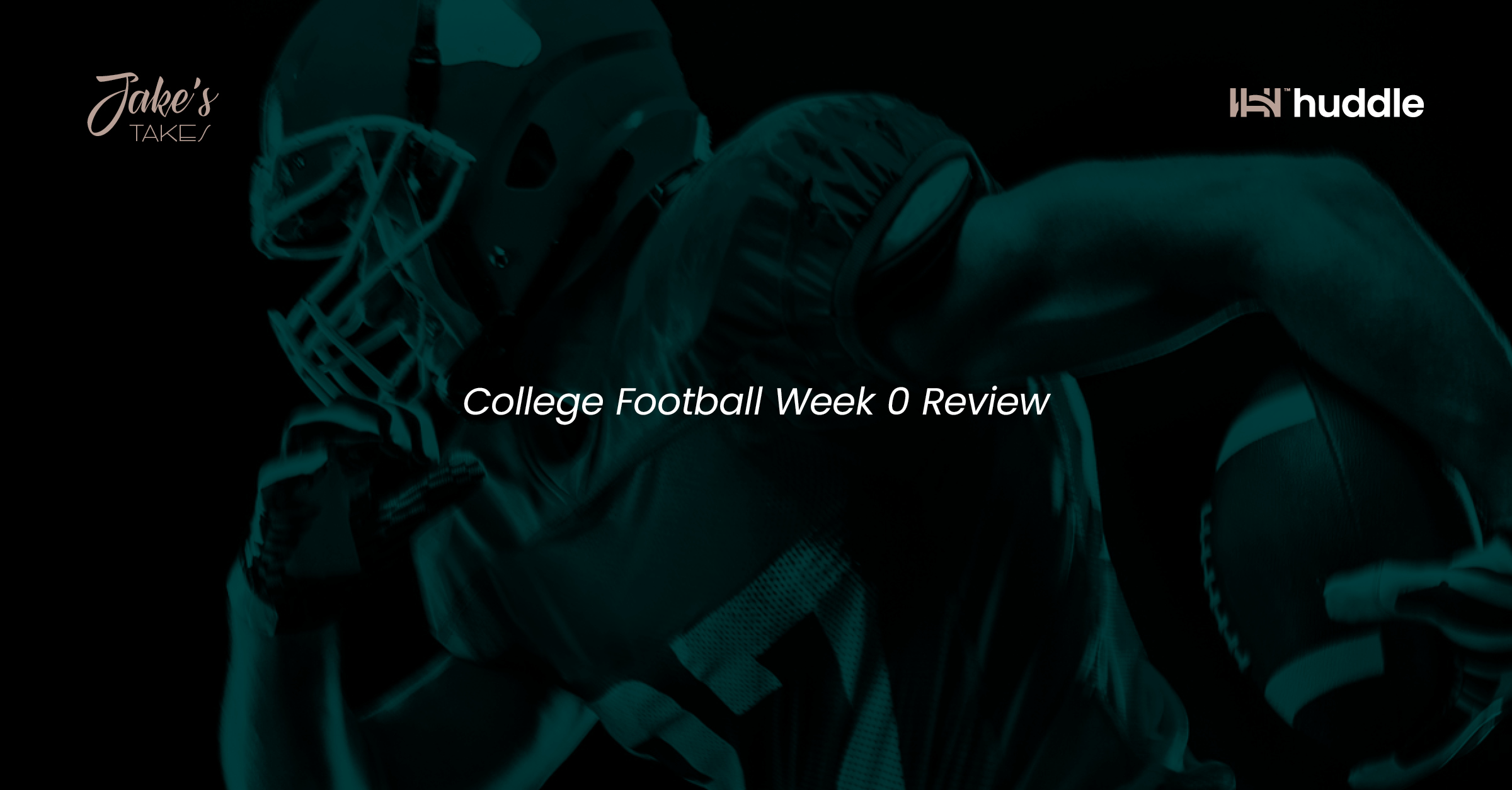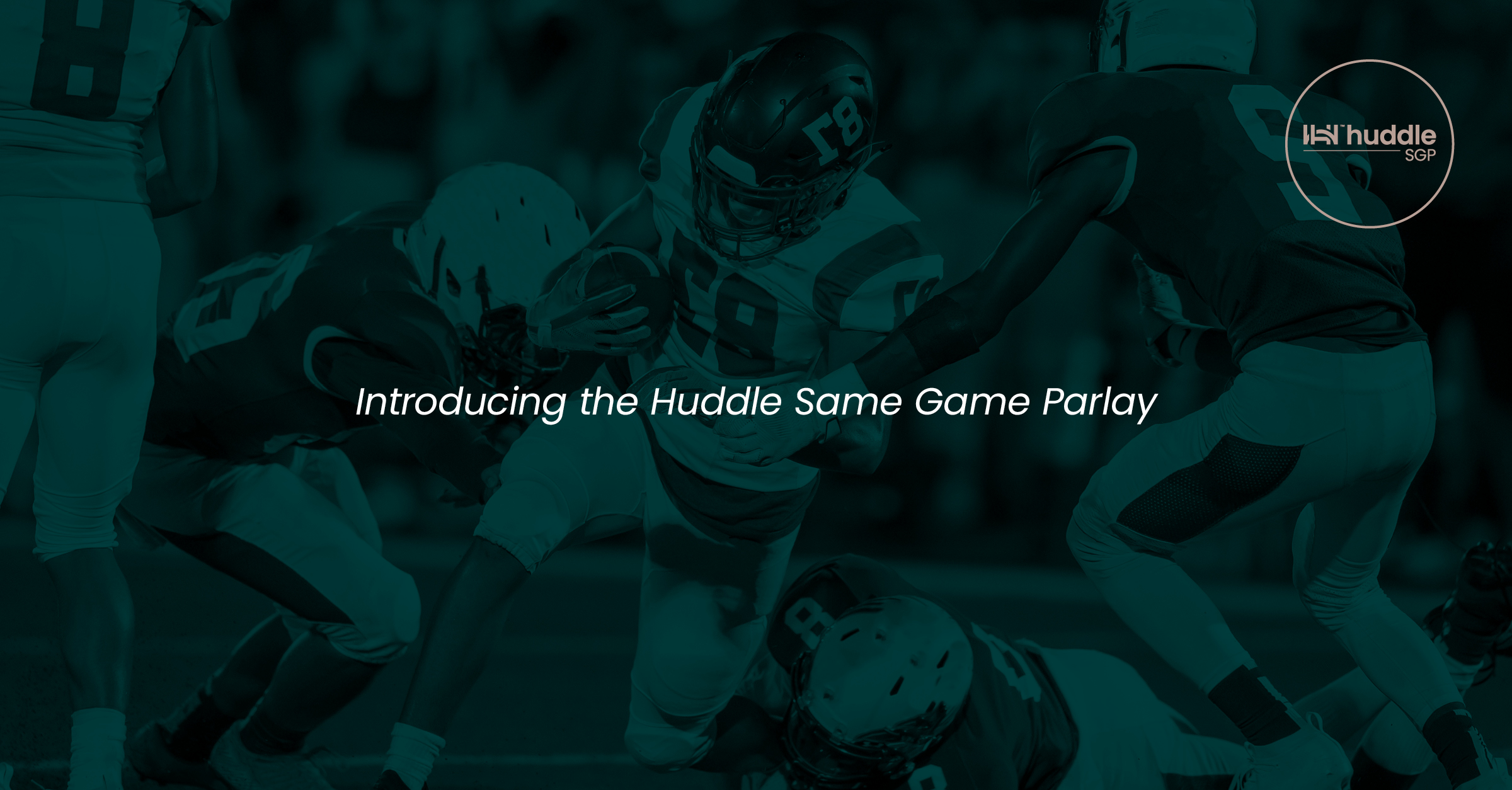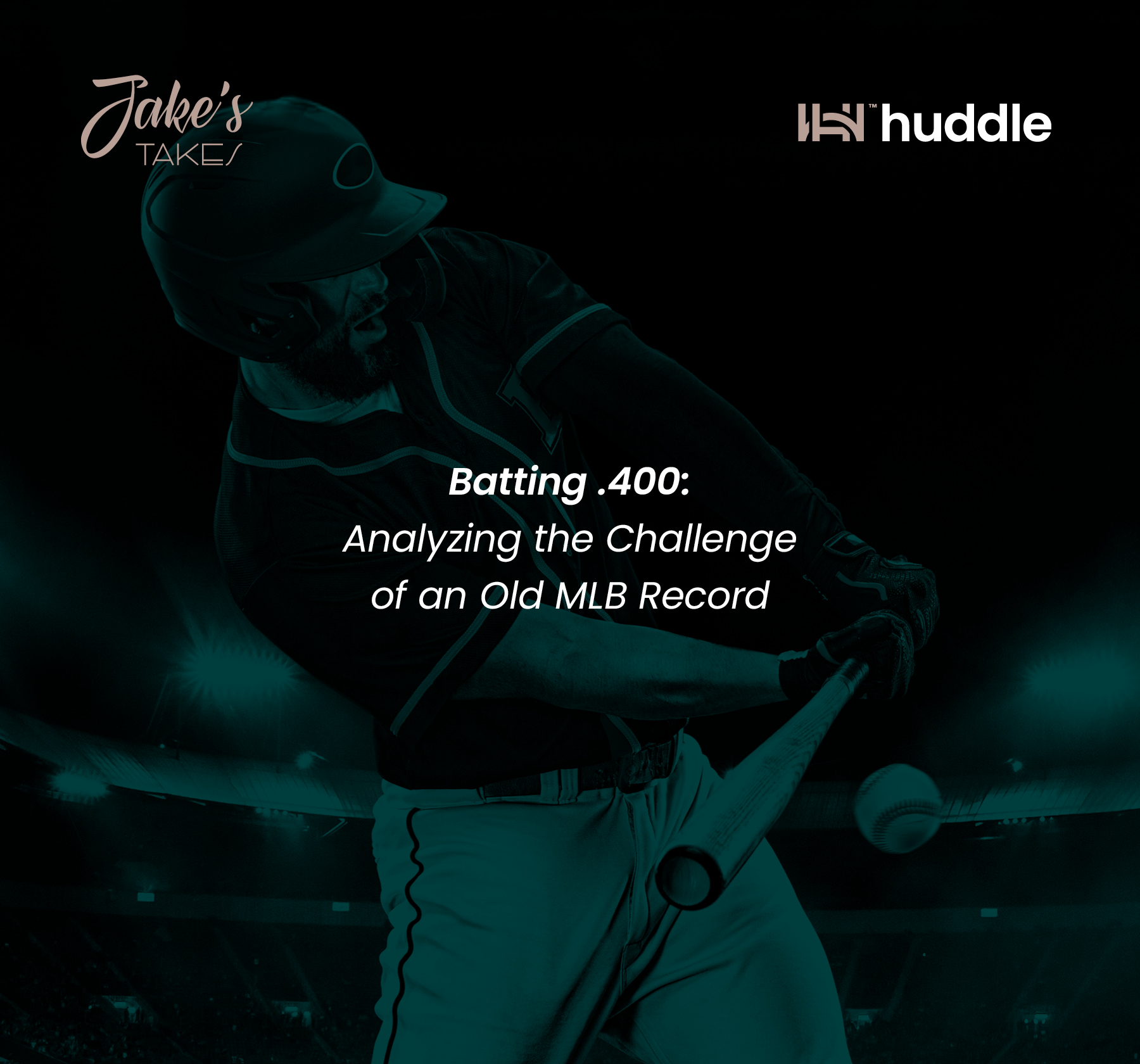
3 Key Factors Driving the Adoption of Player Props in the US
Blog
3 Key Factors Driving the Adoption of Player Props in the US
Leo Gaspar, Huddle's co-founder shares top 3 key factors driving the adoption of player props in the US, highlighting Huddle's insights on this growing trend in sports betting.
The sports betting landscape in the United States has evolved rapidly since the repeal of PASPA. Among the innovations driving growth and engagement, two stand out: player props and micro markets. These offerings have captured a significant share of the market, particularly in the U.S., where consumer preferences and industry trends diverge sharply from global norms.
The Role of DFS in Shaping U.S. Betting Trends
Before PASPA was repealed, DFS was the primary outlet for sports betting consumers in the U.S. DFS inherently focuses on player-centric narratives—building lineups, tracking individual performance, and making prop-style decisions. This early focus on player-based engagement laid the foundation for the current dominance of player props in the U.S. market.
According to Leo Gaspar, Huddle co-founder, “DFS was the entry point for many U.S. sports bettors. Its emphasis on player performance created an appetite for betting options like player props, which continue to resonate strongly with American audiences.”
The U.S. market’s historical reliance on DFS has fostered an environment where fans are deeply invested in individual player outcomes, making player props a natural extension of that engagement.
A Big Six Focus
Another critical factor in the adoption of micro markets and player props is the U.S.’s business mix, heavily centered on the "big six" sports: NFL, NBA, MLB, NHL, college football, and college basketball. These leagues dominate the cultural and betting landscape, with a massive following across diverse age groups.
The style of these sports naturally lends itself to prop betting and micro-market opportunities. Fans engage deeply with game moments, like tracking a quarterback's passing yards or predicting the next basket in a basketball game.
This fan-centric approach is particularly vital as the industry seeks to engage younger, digitally native audiences. These consumers are accustomed to fast-paced digital interactions.
Meeting the Needs of a New Generation
As the sports betting industry targets Gen Z and Millennials, creating engaging, personalized, and interactive content becomes essential. Micro markets—betting opportunities tied to specific moments or outcomes in a game—offer instant gratification and higher stakes for fan engagement.
Player props, in turn, cater to fans who are increasingly drawn to individual player narratives, aligning with the broader U.S. sports culture of following star athletes. By offering dynamic betting opportunities tied to player performances, sportsbooks enhance their appeal to younger audiences who thrive on social and interactive experiences.
Check out HERE - NBA Weekly Betting Numbers: Same Game Parlay Breakdown!
Huddle Co-Founder Leo Gaspar shared his thoughts on this exact topic in a recent interview, check out below!















